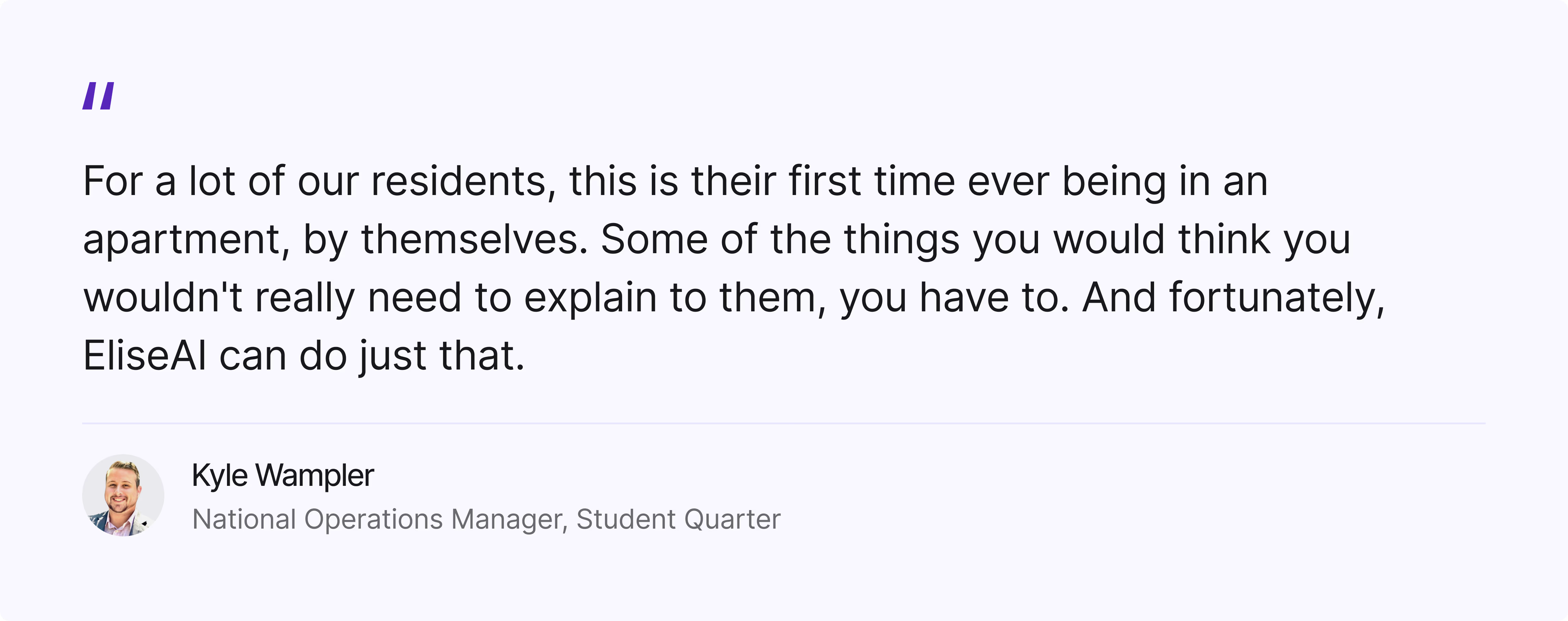You’re out to dinner with your family at an upscale restaurant. The hostess greets you warmly, and the server takes your order with a smile. Thirty minutes pass after you order… then forty… then an hour. Your server keeps apologizing, saying the kitchen is "working on it," but she clearly has no idea what's actually happening back there. Meanwhile, in the kitchen, the sous chef is frantically trying to coordinate three different line cooks who are all working on different tickets, none of whom know that your table has been waiting for over an hour.
Sound familiar? If you've ever worked in hospitality, you know this scenario all too well. The front of house, or the customer-facing part of your operations, and the back of house, where the actual work gets done, are operating in complete silos without communicating. The result? Frustrated customers, stressed-out staff, and a dining experience that falls flat despite everyone's best efforts.
Now imagine that same dysfunction, but instead of dinner service, it's your property's maintenance operations.
.svg)

Modern Maintenance Dysfunction: When Front and Back Don't Talk
In property management, your "front of house" is everything resident-facing: the leasing office, the work order submissions, the constant "when will this be fixed?" conversations. Your "back of house" is your maintenance team, composed of the technicians, supervisors, and vendors actually turning wrenches and solving problems.
Just like in our restaurant nightmare, when these two sides don't communicate effectively, everything falls apart:
- A resident calls in with a broken dishwasher
- The leasing office tells them they’ll get someone out to their unit and creates a work order
- The maintenance team gets a generic work order three hours that says “broken dishwasher” later with minimal details
- The resident, frustrated by the delay, runs to Home Depot on their own to get a sealant
- The technician shows up minutes after they leave, can't reach the resident, and has to reschedule
- The resident calls the office irate, annoyed that the tech never showed up
- The leasing office has no visibility into what actually happened
.avif)
And so this vicious cycle of miscommunication continues to spiral, frustrating residents and burning out your staff. What if everyone was on the same page, like when an Uber user requests a ride and can see exactly where their driver is?
The Missing Link: Real-Time Communication
Today, the gap between the “front of house” and “back of house” in property management operations is wider than ever before due to communication breakdowns caused by disconnected systems. When your AI handles resident communication but your maintenance team works in a separate app that doesn’t push updates back to your residents, you lose the critical feedback loop that can drive performance improvement. Instead of having empirical, actionable insights into technician performance through AI-powered conversation sentiment analysis, you are left trying to cobble pieces of data and sources of truth together, frustrating your residents and handicapping your techs.
This disconnect is why modern operators need purpose-built tools to unify the “front of house” and “back of house”... just like how EliseAI’s Maintenance App and Maintenance product work hand in hand to empower your technicians and keep your residents in the loop.
.avif)
The "One-AI" Solution: What Unified Maintenance Operations Look Like
Just like the best restaurants have seamless communication between front and back of house, the best maintenance operations seamlessly integrate their resident-facing AI platform with their technician workflows so everyone stays on the same page.
That's why EliseAI built our Maintenance App as part of a unified ecosystem, not as another standalone tool, leveraging conversational insights from our best-in-class AI platform for technician performance evaluation while communicating results and updates back to residents. These tools break down silos and provide clear visibility to residents, boosting NPS and reducing burnout by ensuring your team moves together in lockstep.
But beyond continuity and consistency, there’s other key applications of EliseAI’s existing AI products within the Maintenance App that can create significant workflow improvements and new opportunities for better maintenance operations.
Smart Assignment Based on Actionable Resident Data
How would having precise, actionable resident sentiment data impact your maintenance operations? EliseAI’s Renewals and SentimentAI products consistently gauge resident satisfaction levels, upon which the EliseAI platform can create a “likelihood to renew” score. Based on this score, operators can prioritize work orders so that high risk residents are first in the queue and get the best technicians in order to boost NPS and subsequently increase the likelihood of a renewal.
.avif)
When your AI knows which residents are at risk of not renewing, it can automatically route their maintenance requests to your most skilled technicians, providing a differentiated level of service that can help retain a resident who might have left otherwise. If your work orders live in one platform, your resident communications in another, and you don’t have those actionable real-time insights, you won’t be able to deliver personalized, differentiated experiences the same way as if you unified your systems into one AI-powered platform.
Creating An "Uber-like" Resident Experience
Think about how seamlessly Uber connects the rider (the customer) with their driver (the service provider). The rider knows exactly where your driver is, what they’re driving, and when they'll arrive. No room for confusion, and the rider can get in touch with the driver through text or call—why is the same functionality not in place for maintenance?
Today, EliseAI is creating an 'Uber' like experience for maintenance operations. Once a work order is created in the MaintenanceAI product and assigned to a technician in the Maintenance App, we text the resident a link where they can track the technician via the Maintenance App GPS. They can see estimated arrival times, verify that the tech has permission to enter, or can reschedule on the fly if need be. That's what happens when your resident-facing AI and your technician app work as one system—residents get real-time visibility into their maintenance requests without anyone having to manually update them, and your technicians can more effectively communicate with your residents. Front of house and back of house, working in perfect harmony to boost retention rates and drive NPS increases.
Opportunities for Continuous Performance Improvement
When Student Quarters implemented EliseAI's MaintenanceAI solution, they achieved a 26% reduction in emergency maintenance dispatches, totaling 533 hours saved and $27,624 in annualized emergency maintenance cost reductions.

How? Because their AI learns from every interaction. When residents can solve simple issues themselves through guided troubleshooting, the system captures that data. When a technician completes a work order, the AI can immediately survey the resident and tie that feedback to the specific worker. This creates a continuous improvement loop that's impossible with disconnected systems, simultaneously cutting costs and improving service quality.
Why Integration Beats Fragmentation Every Time
There’s always a temptation to layer new tools on top of old ones. But just like a restaurant where the hostess uses one system, the servers use another, and the kitchen uses a third, this fragmented approach creates more problems than it solves. That’s why operators who deploy the full suite of EliseAI’s solutions, unifying their AI communications in one dedicated platform, see better results than those who cobble together tech stacks from different operators.
The companies winning in maintenance operations aren't the ones with the most tools—they're the ones with the best integrated tools. When your resident-facing AI, your technician app, your scheduling system, and your performance analytics all work together, you create a seamless experience where every touchpoint feels effortless to the customer, even though there's sophisticated orchestration (powered by automation) happening behind the scenes. That’s the power of combining the Maintenance App with MaintenanceAI.
Better Maintenance Operations Start with the Maintenance App + MaintenanceAI
They say that "you're only as strong as your weakest link," and nowhere is that more true than maintenance operations. You can have the most advanced AI handling resident communications, but if your technicians are working in a disconnected system, residents will still experience delays, miscommunications, and frustration.
The solution isn't about implementing more technology, but rather about implementing better-integrated technology, like the Maintenance App and MaintenanceAI. Just like the best restaurants succeed because their front and back of house work in perfect harmony, the best maintenance operations integrate their resident communication and technician workflows into one seamless experience, powered by EliseAI.
At the end of the day, residents don't care about your technology stack. They just want their maintenance issues resolved quickly, professionally, and with clear communication throughout the process. And that only happens when your front of house and back of house are working as one team toward the same goal, with complementary tools. Get in touch with us today to learn more about how EliseAI’s purpose-built maintenance products can inject consistency and transparency into your maintenance operations.







